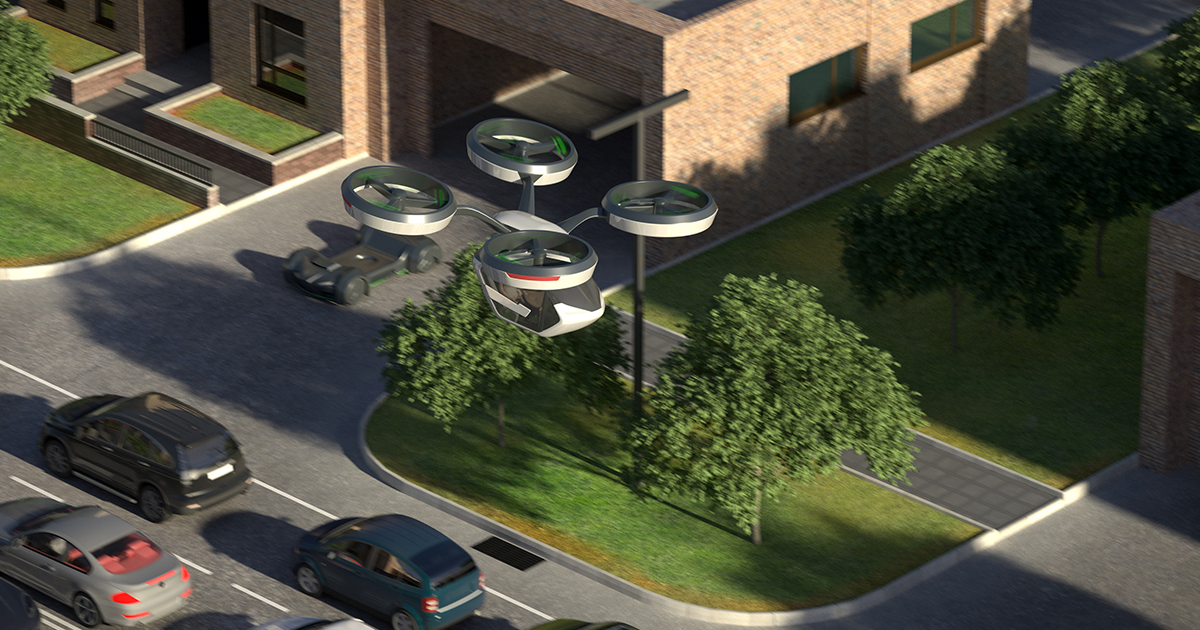Late to the Party
In a new study published in the journal Nature, a group of researchers from Ford Motors' Research and Innovation Center in Michigan argue that electric flying cars could actually end up reducing emissions over electric cars back on the ground — and free up congested roads in the process.
But unfortunately, there's a pretty big catch.
"However, gaps in necessary technology and practical uncertainties beyond the cars’ promising physics mean that they may not arrive in time to be a large-scale solution to the energy crisis and congestion — if at all," wrote Hugh Hunt, a researcher at the University of Cambridge who wasn't involved with the research, a piece discussing the study for The Conversation.
VTOL Future
It seems counter-intuitive that flying cars could have a lower environmental than electric ones while dealing with with air resistance and drag. But the authors of the study found that in their base case of travelling 60 miles, flying a vertical-takeoff-and-landing (VTOL) vehicle such as a flying car could end up cutting emissions by 35 percent compared to a single occupant in a combustion engine car.
And even with three passengers on board a flying car, emissions are still six percent lower compared to an electric vehicle with the U.S. ground-based travel average of 1.54 passengers on board.
Assumptions
But the new numbers also assume future technological innovations from optimum wing designs to low-power electric motors and high-efficiency batteries. The study also found those advantages to diminish with distances longer than 120 miles.
"With technology and safety improvements, they could yet play a part in our fossil-fuel-free future, taking short-haul planes out of our skies and freeing up fume-filled roads," Hunt argues.
READ MORE: Flying cars could cut emissions, replace planes, and free up roads – but not soon enough [The Conversation]
More on flying cars: Goodyear’s New Concept Tire Doubles as a Flying Car Propeller
Share This Article
